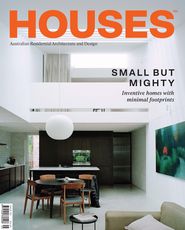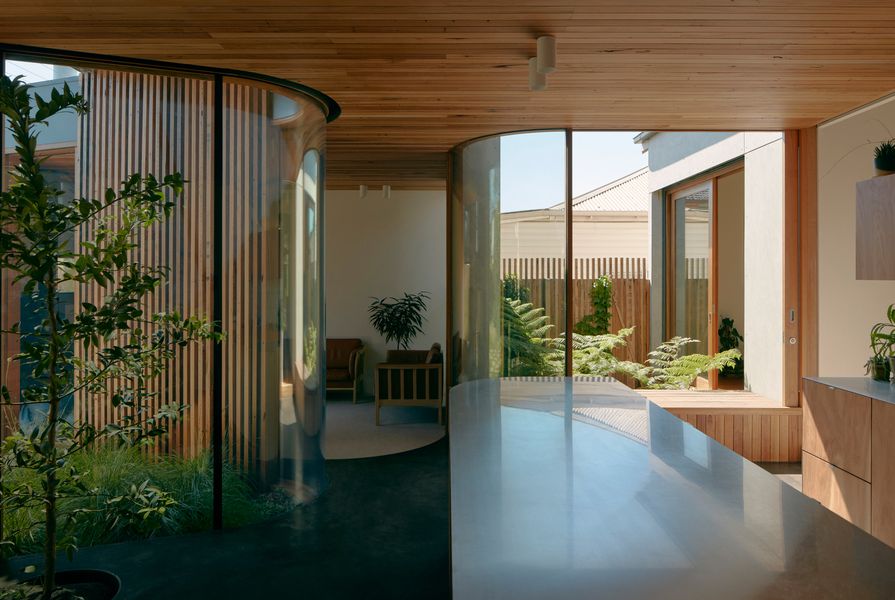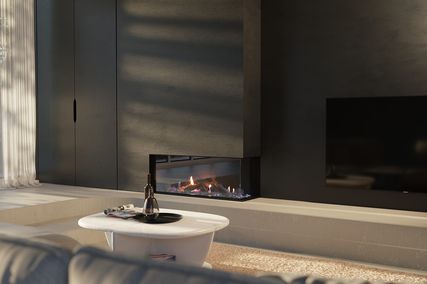Alexa Kempton: What were you looking for when you first started to research architects?
Justin: We began by contacting a few different practices, based initially on the work we saw on their websites. As we knew that we were going to work with an architect over a long period of time, it was important to us that we would be able to develop trust and rapport with the people we worked with. Some of the architects we contacted weren’t that friendly, and others didn’t get back to us at all. Our initial interactions were an important part of helping us make this decision.
Kimberley: We had a strong preference to use materials that had a minimal environmental impact, as well as low toxicity, and felt that this might not be a typical consideration for all architects. Working with someone who was open to and respectful of that was a priority. We applied the same principle when choosing our builder: we chose someone who took the time to understand our values and worked to make sure they were upheld.
Despite a small footprint, the addition offers a distinct sequence of spaces to inhabit.
Image: Tom Ross
AK: What was your initial brief?
K: We started with wanting the house to be green, to have a minimal environmental impact – the meaning of which evolved during the process. I am sensitive to chemicals and get migraines, so the house needed to be built from materials that weren’t going to give me headaches. Minimizing our family’s exposure to toxins was also a priority; that was more important to us than how it was going to look.
J: The brief was as much about what we didn’t want as what we did want. We wanted to make sure that we didn’t radically increase the footprint of the house, and that we still had plenty of outdoor garden space. We know that we are not designers, so we weren’t prescriptive about how the space should look. We did have some obvious functional issues to address, but the brief was more about asking “what can you do with the space, bearing in mind our approach to materials and without making something huge or extravagant?”
The extension’s sinuous curves create a sense of being surrounded by garden.
Image: Tom Ross
AK: How did you find the process of working with an architect?
K: When I think back, the process was pretty smooth. I did have anxious moments where I wondered if it was actually going to work. It’s hard to translate what you see on a computer into your real life, envision yourself living there and feel confident that it’s going to work for you.
J: During the process, the discussions about what the house would be made of became increasingly involved, as did our own understanding of materials. The most significant discussions were about making sure we were comfortable with material choices.
K: Before we started I thought there would be one perfect material for every application. In reality, that’s not true; everything has compromises. We sought advice from a building biologist, specifically on material toxicity, who provided us with really detailed knowledge about what we should use and what to avoid.
AK: What surprised you most about the process, and the finished design?
K: Part of the surprise was the totality of the work that architects do. There is so much detail that is managed behind the scenes. The house is so much more beautiful than we imagined. We set out thinking more about how we might live in the space, but have also ended up with a really beautiful house.
J: Over time, one of the most notable features has been how the space creates a sense of calm. Lockdowns have been difficult but we feel so lucky to be in this house during them; we’ve all been stuck at home but this house has been a buffer against some of the chaos.
AK: What advice would you give to someone who was thinking of working with an architect?
K: It was overall a really positive experience. I remember Nick [James, design director at Architecture Architecture] saying to me at one point during the process “it’s all about the relationship,” and I think that’s true. Having a mutually trusting relationship is essential to enable you to work through any difficulties that arise.
J: I think some good advice would be to recognize your own limitations! If you have a fixed idea of something looking or being a particular way, why would you engage an architect? You’re engaging someone who can offer you expertise that you don’t have. Be open minded to the possibilities.
Read more about Vivarium by Architecture Architecture here.
Source

People
Published online: 4 Feb 2022
Words:
Alexa Kempton
Images:
Tom Ross
Issue
Houses, October 2021




















